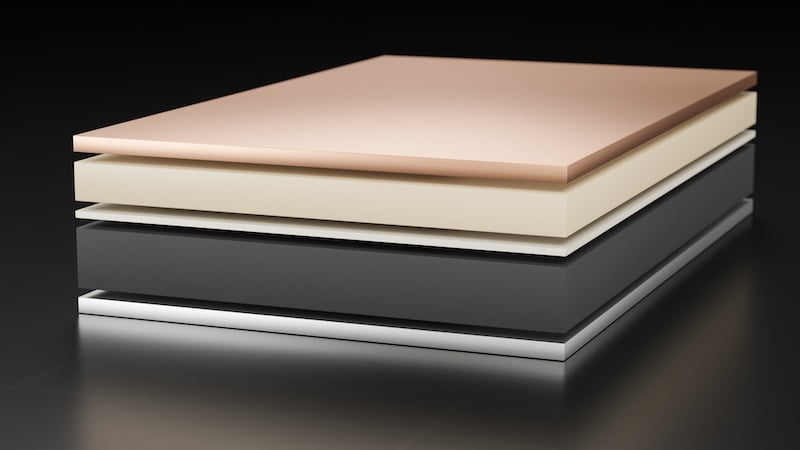
Using a new three-dimensional design, researchers have succeeded in producing a lightweight and powerful lithium-ion battery. The system is highly stable and has a high energy density.
Lithium-ion batteries are likely to continue to play a major role in the coming years. The energy storage devices can now be found in many devices, electric cars and energy storage systems. But the technology also has its limits. These include weight and durability. Researchers around the world are therefore working on batteries that will eliminate these weaknesses.
Korean scientists recently developed a new, three-dimensional polymer structure. This could significantly improve the transport of lithium ions in batteries in the long term. The structure, developed by researchers at Pohang University of Science and Technology (POSTECH) and the Korea Institute of Energy Research (KIER), also has high stability and energy density. This makes it a promising candidate for commercial applications.
Lightweight and powerful lithium-ion battery thanks to lithium metal anodes
The scientists used lithium metal anodes for their structure. These have an energy capacity of 3,860 milliampere hours per gram, which is more than ten times the energy capacity of the graphite anodes currently used. These anodes can store more energy in a smaller space and participate directly in electrochemical reactions. However, there is a common problem.
Due to the uneven distribution of lithium ions during the charging and discharging process, so-called “dead lithium areas” form over time. These drastically reduce the capacity and performance of the battery. In addition, the uncontrolled growth of lithium in one direction can lead to short circuits.
The researchers solved these problems with their new three-dimensional structure. The use of polyvinyl alcohol with a high affinity for lithium ions and the lower weight enables a uniform lithium electrode position. This improves stability and performance.
Battery easily withstands 200 charge and discharge cycles
In experiments, lithium metal anode batteries with this new structure showed high stability even after more than 200 charge-discharge cycles. They achieved an energy density of 344 watt hours per kilogram. These results were achieved in so-called pouch cells, which are representative of industrial applications.
This in turn reveals the potential of the technology for future commercialization. The scientists underline the importance of research into maximizing the energy density of lithium metal batteries. Due to the combination of lightweight construction and high energy density, they see the new battery technology as a real breakthrough.
Also interesting:
Source: https://www.basicthinking.de/blog/2024/06/06/leichte-und-leistungsfaehige-lithium-ionen-batterie/


